The answer to this question is heavily context-dependent.
Short answer: it depends on which kind of bulb you are talking about.
As someone already pointed out some bulbs are filled with some gas, therefore ambient temperature variation can be transmitted to the internal environment of the bulb, thus the vacuum problem is essentially moot (probably the only bulb with no gas filling is the old edison-type incandescent bulb, which is going the way of the dodo due to legislation in many countries).
Anyway, incandescent bulbs most probably are unaffected by the external temperature because the light is produced by heating a filament to extreme temperatures (thousands of grades) hence any reasonable variation in external temperature is negligible compared with the filament temperature and the temperature of the gas the filament could be in contact with. Since the luminous flux in such bulbs essentially depends on the temperature of the filament and its geometry, it is unlikely that ambient temperature will affect their efficacy (lumens emitted per watt absorbed from the supply):

Here the black-body is the filament.
Bulbs working on other physical principles are another story.
In fluorescent tubes the temperature can effectively affect the luminous output, as you can see here. And also here:

LED bulbs light output is adversely affected by temperature too, a you can see here:

note that the graph shows the effect of junction temperature, not ambient. But ambient temperature will affect junction temperature, especially if proper heatsinking is not provided or is insufficient (for example you installed the LED bulb in a very recessed cabinet with no proper air flow).


